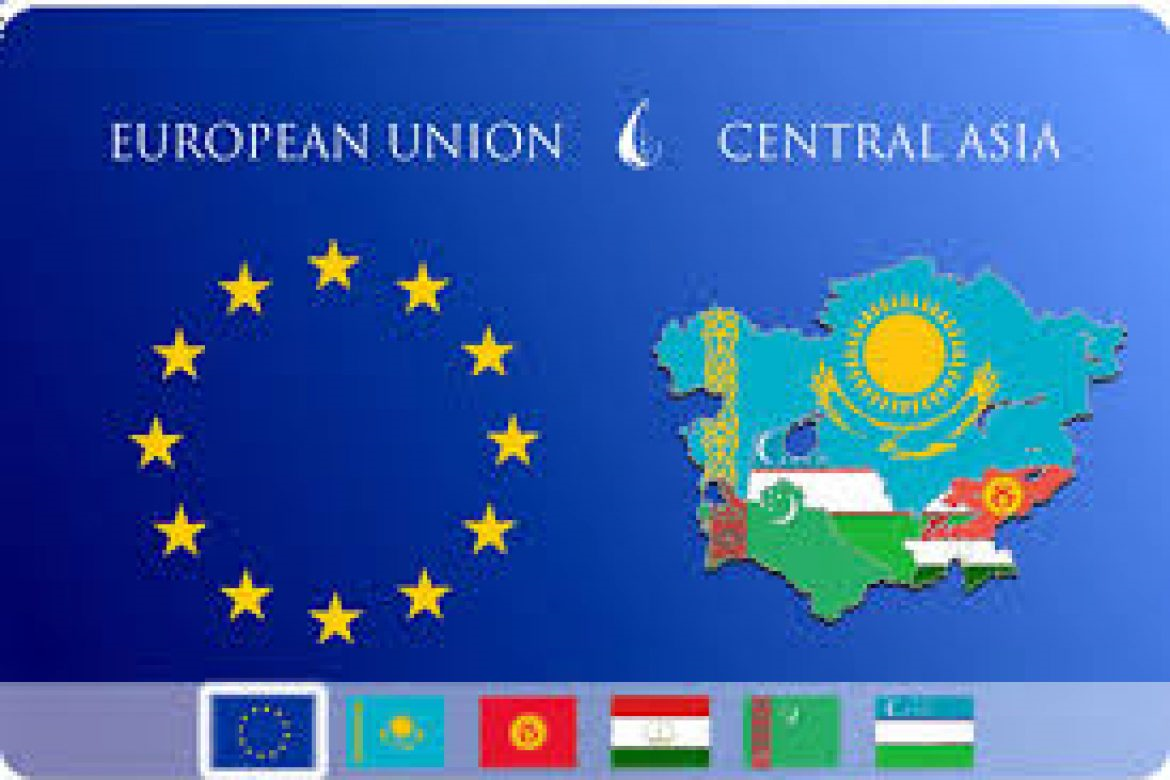
Introduction
The European Union (EU) announced last month that the Council of the EU (the European Union Council of Ministers/the Council) on 17 June adopted conclusions on a new EU strategy regarding Central Asia. According to fact sheets published by the EU, with the new strategy, the EU is aiming to adapt the “EU policy to new opportunities emerged in the region.”[1]
In this connection, for the 2019 Central Asia Strategy, the European (Union) Commission (shortly; the Commission) first made a Joint Communication to the European (Union) Parliament (shortly; the Parliament) and the Council under the title of “The EU and Central Asia: New Opportunities for a Stronger Partnership” on 15 May 2019.[2] The said document, in its introduction, explains its objective as follows:
“The European Union (EU) and the five countries of Central Asia (Kazakhstan, the Kyrgyz Republic, Tajikistan, Turkmenistan and Uzbekistan) have a longstanding relationship based upon strong mutual interests.
The EU Strategy on Central Asia of 2007 helped the EU and Central Asia to reach an unprecedented level of cooperation. Central Asia's strategic geographical location at the crossroads of Europe and Asia, its share in EU energy imports and the market potential of seventy million inhabitants, as well as the EU's interest in regional security, have made Central Asia an increasingly important partner for the EU.”[3]
The aforesaid Joint Communication, in its introduction section, underlines the need for promoting Euro-Asian connectivity and EU’s interest in the sustainable connectivity in the region. In this respect, it also refers to Afghanistan and states that “Stronger cooperation between Central Asia and Afghanistan has set new parameters for the EU's own efforts to promote peace in the country. And the new ambition expressed by some Central Asian states to play a more active role in global and regional affairs is increasing the potential for cooperation with the EU on common objectives.”[4]
Upon this Joint Communication, as it was stated above, the Council conclusions on the New Strategy on Central Asia was adopted by the EU Council (Foreign Affairs) on 17 June 2019.
What does the 2019 strategy contain?
The Council in paragraph two of the conclusions states that “The Council endorses the Joint Communication on ‘The EU and Central Asia: New Opportunities for a Stronger Partnership’ by the High Representative and the European Commission which, together with these Council conclusions, provides the new policy framework for EU engagement with the countries of Central Asia over the coming years.”[5]
Conclusions stress that the new strategy focuses on promoting resilience, prosperity, and regional cooperation in Central Asia. The Council underlines its commitment to conclude and implement ambitious and mutually beneficial Enhanced Partnership and Cooperation Agreements (EPCAs) with the interested countries of the region which are considered as cornerstone of the EU's engagement with Central Asia. The Council reiterates that the scope of the EU’s relations is linked to the readiness of individual Central Asian countries to undertake reforms and strengthen democracy, human rights, the rule of law and the independence of the judiciary, as well as to modernize and diversify the economy, including by supporting the private sector, in particular small and medium-sized enterprises, in a free market economy.
The EU Council, in the Conclusion document, recognizes the strategic role of Central Asia in global efforts to promote Euro-Asian connectivity and stresses that these efforts should bring benefits to the region. The Council states that it looks forward to increased cooperation with Central Asian countries in order to promote sustainable, comprehensive and rules-based connectivity. It emphasizes also the joint interest of the EU and of Central Asian states to intensify cooperation to promote peace in Afghanistan. The paragraph seven of the Conclusions on Afghanistan is as follows:
“Recognizing the key role of Central Asian countries in supporting an Afghan-owned and Afghan-led peace process and the country's reconstruction, and in line with the EU strategy on Afghanistan, the Council stresses the importance of encouraging further political and economic engagement between the Central Asian countries and Afghanistan to jointly promote an inclusive peace process and sustainable development. Stronger connectivity between Central Asia, Afghanistan and South Asia has a key role to play for peace, prosperity and the stabilization of the wider region” [6]
It should be stressed that the Conclusions document refers in its paragraph eleven to common security challenges, “such as violent extremism, radicalization, terrorism, cyber and hybrid threats, and proliferation of weapons of mass destruction and their means of delivery.” The document encourages continued cooperation in this respect and stresses the importance of tackling the socio-economic root causes of radicalization. It considers the “continued cooperation on border management in the region, including Afghanistan, a priority of the EU with a view to facilitating intra-regional trade, fighting against illegal trafficking of persons, drugs and goods, and managing migration flows.”
Energy and transport issues are comprehensively dealt with in the Conclusions document, hinting that they constitute the central theme of the new EU strategy on Central Asia. In this connection, it is worth quoting the relevant parts of the paragraph thirteen:
“…In line with the EU's Strategy on Connecting Europe and Asia, the Council calls for the establishment of partnerships for sustainable connectivity where appropriate with countries of Central Asia in order to promote quality infrastructure and to improve the economic, social, fiscal and environmental sustainability in and with Central Asia and ensure the smooth transit of goods. The Council supports efforts to link up Central Asia with Eastern Partnership countries and Afghanistan. The Council supports work towards connecting the extended Trans-European Network for Transport with networks in Central Asia and advancing mutual interest in the implementation of joint energy and transport connectivity projects in which the bridging potential of the Black and Caspian Seas is fully used. While transport is becoming increasingly multimodal and new opportunities for improving existing and developing new Euro-Asian transport networks are emerging, the North-South and the East-West rail connections could play an important role in the future... The EU should step up cooperation with the countries of Central Asia on renewable energy and energy efficiency, as well as on facilitating electricity interconnections on a level playing field” [7]
As can be seen from the above paragraph, the EU considers the Black Sea and Caspian Sea as a bridge for joint energy and transport projects reaching Europe from Central Asia and Asia proper. In this connection, it seems that Black Sea region, Caspian Sea, Southern Caucasus and Afghanistan are thought to be the building blocks of the bridge which opens the way to Central Asia and East Asia. As it was stated above, the European Commission Joint Communication to the Parliament and Council mentions the Central Asia as “strategic geographical location at the crossroads of Europe and Asia.” In this vein, the same characterization of “strategic geographical location” is in fact valid for the Black Sea, the Southern Caucasus, and Caspian Sea regions.
In order to examine these issues in detail, it is useful to briefly summarize the history of EU relations with Central Asia and the first strategy document on the region adopted in 2007.
Background of the EU-Central Asia Relations and 2007 EU Central Asia Strategy Document
According to European Parliamentary Research Service briefing paper, “soon after the 1991 break-up of the Soviet Union, the EU began negotiating partnership and cooperation agreements (PCAs) with the newly independent Central Asian countries.”[8] As per this paper, PCAs have come into force with all Central Asian countries but Turkmenistan and a new generation of EPCAs are currently under negotiation. These various agreements have led to an intensification of diplomatic contacts between the EU and each of the Central Asian countries including annual cooperation councils as well as regular meetings on topics such as human rights, justice and home affairs, and trade. At regional level, the EU also holds annual meetings (most recently in November 2018), between EU High Representative and the five Central Asian foreign ministers. In 2005, the EU also appointed its first special representative to Central Asia.
The EU adopted its first strategy for Central Asia in 2007.[9] Strategy begins with the description of the region as “Central Asia has a centuries-old tradition of bringing Europe and Asia together. It lies at a strategically important intersection between the two continents.”
It defines the priorities for its diplomatic activity and development aid, with the general goal of achieving peace, democracy and prosperity in the region. The proposed initiatives to achieve this goal are grouped under the main headings of combatting common threats and challenges; human rights, rule of law, good governance, and democratization; youth and education; economic development, trade and investment; energy and transport links; environment, water and climate change.
One of the most comprehensive heading in the 2007 strategy, as expected, is energy. In this respect, the strategy states the following:
“The EU and Central Asia share a paramount interest in enhancing energy Security as an important aspect of global security. There is a common interest in diversifying export routes, demand and supply structures and energy sources… Increasing oil and gas exploitation will contribute to better world market supplies and will be conducive to diversification. Gas deliveries from the region are of special importance to the EU…The EU, for its part, is ready to consider all options for the development and transportation of these resources, in cooperation with other interested partners… Against this background, the EU will conduct an enhanced regular energy dialogue with Central Asia states in the framework of the Baku Initiative… The EU will support the exploration of new oil, gas and hydro-power resources and the upgrading of the existing energy infrastructure. To enhance EU security of energy supply, the EU will also support the development of additional pipeline routes and energy transportation networks. It will also contribute to regional energy security and cooperation, and widen export markets for Central Asian producers. The EU will lend political support and assistance to Central Asian countries in developing a new Caspian Sea - Black Sea – EU energy transport corridor.”
It should be noted in this context that Baku Initiative mentioned in the above paragraph is the Energy Co-operation between the EU, the Littoral States of Black Sea and Caspian Sea and their Neighboring Countries launched at the Energy Ministerial Council held in Baku in November 2004. Turkey is a partner country in this initiative.
What drove the EU to draft a new 2019 Central Asian strategy?
It is a fact that Central Asia is an often-overlooked region for the EU. For a long time, the region has not been either a priority or an interest for the EU. This applies to some extent even for the EU Neighborhood Policy launched in 2004. EU Neighborhood Policy extended in the East at most to the Southern Caucasus. As it was explained above, first indication for the change in this apathy to the region came with the adoption of 2007 Strategy on Central Asia. In fact, the EU’s initial and following interest in Central Asia was based to a large degree on energy security issues. As it was also explained above, the EU hoped that it could open up the Caspian and Central Asia to gas imports to Europe (e.g. Nabucco pipeline). Besides, the instability in Afghanistan forced the EU to focus more on Afghanistan and to consider the Central Asia and Afghanistan in tandem. More recently, from 2014 Ukraine crisis onwards, the EU has also started to consider Central Asia in the light of tensions between Russian Federation and the West in general.
All these developments, with the announcement of the Belt and Road Initiative (BRI) by China have taken shape of a strategically important new economic and political dimensions. It is worth remembering that this initiative was launched by the Chinese President Xi Jinping during his visit to Kazakhstan in 2013. According to The Astana Times newspaper, “speaking to students and faculty at Nazarbayev University on September 7 (2013), Jinping called for enhanced regional cooperation along a ‘new Silk Road.’ He also emphasized that China has no intention of interfering in the internal affairs of Central Asian nations and seeks only enhanced cooperation and support in embracing what he called the region’s golden opportunity of development”[10] There is no doubt that the announcement of this important initiative in Kazakhstan, one of the most important countries in Central Asia, has a symbolic value for the importance of Central Asia.
Given the dimensions it has reached and its international impact on world politics, there is no need to explain this initiative to the reader. However, in this context, it is useful to remember that Italy, one of the leading countries of the EU and one of the largest economies in the world, began to participate in this project despite the opposition of the EU and the United States.[11] Even this individual development can explain the impact of BRI on the EU.
In the light of the above, it is possible to state that the most important factors in the preparation of the EU's 2019 strategy document on Central Asia are China's Road and Belt Initiative and the EU's interest in developments in Afghanistan. As for Afghanistan, which is rarely mentioned in the 2007 strategy, we see eight references to this country in the 2019 strategy document. We can also say that the new Central Asian strategy 2019 gives the impression that the EU is preparing to accept Afghanistan as a Central Asian country in the coming period.
Conclusion
After a long period of indifference, the EU felt the obligation to develop close relations with the Central Asian countries. Within this framework, it is developing new strategies. Turkey has very close and historical relations with all these countries and was the first country to have recognized the independence of all of them.
It should be underlined that Turkey pioneered the process of “The Summits of Turkic Speaking Countries' Heads of States” held since 1992 in order to increase solidarity between the Turkic speaking countries of the Central Asia. This process has acquired a legal institutional structure with the formation of the Cooperation Council of Turkic Speaking States (Turkic Council) signed in 2009. The Secretariat of the Council was established in Istanbul.
It is worth to mention in this juncture that EU member Hungary is an active participant of the Turkic Council as observer. We have already mentioned in one of our AVİM analysis of last year that;
“the Turkic Council meeting has been interpreted by Hungary as a gateway for possibly a new Eurasian foreign policy… Victor Orban, the unconventional politician of Europe, started his Eurasia initiative from Central Asia. In a smart manner, he used the Turkic Council meeting to start his initiative of ‘Opening to East Policy’. He is also sagaciously promoting the bonds of kinship. However, economic matters have not been forgotten. This is apparent in the 65 million dollars credit he opened to develop business relations between Kyrgyz and Hungarian business communities. Furthermore, the delegation accompanying him has signed an agreement on tourism between Kyrgyzstan and Hungary. This is a step that will allow Hungary to set a precedent for EU for opening up to Central Asia.”[12]
The EU, in certain regions that Turkey has historically, socially, ethnically, and linguistically special relations, instead of seeking cooperation with the EU candidate Turkey prefers competition and is trying to consider Turkey as an outsider of these regions. The striking example of this approach is the Balkans. We drew attention to this unacceptable exclusionary attitude of EU in the Balkans in several AVİM analyses and commentaries during the last two years. The last example of this was the European Union Institute for Security Studies (EUISS) Chaillot Paper No. 147 titled “Balkan futures- Three Scenarios for 2025.”[13]
The EU, this time, is trying to develop a comprehensive strategy on another region that Turkey has very special relations. Time will show us whether the EU will follow the mistaken road she has followed in the Balkans or will prefer to cooperate with Turkey in Central Asia.
*Picture: https://qazaqtimes.com
[1] European Union, “New EU Strategy on Central Asia,” European Union External Action, June 24, 2019, sec. EEAS, https://eeas.europa.eu/headquarters/headquarters-homepage/64930/new-eu-strategy-central-asia_en.
[2] European Council and European Parliament, “The EU and Central Asia: New Opportunities for a Stronger Partnership” (European Commission, May 15, 2019), JOIN(2019) 9 final, https://eeas.europa.eu/sites/eeas/files/joint_communication_-_the_eu_and_central_asia_-_new_opportunities_for_a_stronger_partnership.pdf.
[3] European Council and European Parliament, 1.
[4] European Council and European Parliament, 1.
[5] General Secretariat of the Council, “Outcome Of Proceedings” (Council of the European Union, June 17, 2019), 10221/19 COEST 139, https://www.consilium.europa.eu/media/39778/st10221-en19.pdf.
[6] General Secretariat of the Council, 3.
[7] General Secretariat of the Council, 5.
[8] Martin Russell, “The EU’s New Central Asia Strategy” (European Parliamentary Research Service, January 2019), PE 633.162, http://www.europarl.europa.eu/RegData/etudes/BRIE/2019/633162/EPRS_BRI(2019)633162_EN.pdf.
[9] The Permanent Representatives Committe, “The EU and Central Asia: Strategy for New Partnership” (Council of the European Union, May 31, 2007), PESC 655 COEST 179, https://eeas.europa.eu/sites/eeas/files/st_10113_2007_init_en.pdf.
[10] Michelle Witte, “Xi Jinping Calls For Regional Cooperation Via New Silk Road,” The Astana Times, September 11, 2013, sec. Business, https://astanatimes.com/2013/09/xi-jinping-calls-for-regional-cooperation-via-new-silk-road/.
[11] Teoman Ertuğrul Tulun, “Italian Reaction To The Carolingian EU Project,” Center For Eurasian Studies (AVİM), April 11, 2019, sec. Analysis No: 2019/10, https://avim.org.tr/en/Analiz/ITALIAN-REACTION-TO-THE-CAROLINGIAN-EU-PROJECT.
[12] Teoman Ertuğrul Tulun, “Hungary’s Participation In The Cooperation Council Of Turkic-Speaking States,” Center For Eurasian Studies (AVİM), September 12, 2018, sec. Analysis No: 2018/23, https://avim.org.tr/en/Analiz/HUNGARY-S-PARTICIPATION-IN-THE-COOPERATION-COUNCIL-OF-TURKIC-SPEAKING-STATES.
[13] Teoman Ertuğrul Tulun, “Chaillot Paper On Balkans Future: A Case Of Ill-Informed Leading The Ill-Informed,” Center For Eurasian Studies (AVİM), October 2, 2018, sec. Analysis No: 2018/28, https://avim.org.tr/en/Analiz/CHAILLOT-PAPER-ON-BALKANS-FUTURE-A-CASE-OF-ILL-INFORMED-LEADING-THE-ILL-INFORMED; Adam Kaznowski and Maja Kocijancic, “New EU Strategy on Central Asia: Factsheet” (European Union External Action, May 15, 2019), 190515_5, https://eeas.europa.eu/headquarters/headquarters-homepage/62412/new-eu-strategy-central-asia_en.
© 2009-2025 Center for Eurasian Studies (AVİM) All Rights Reserved
-
Aslan Yavuz Şir - Tebrikler
Ertuğrul beyin bu yazılarını çok beğeniyorum. Tebrikler. Gerçekten harika bir analiz. 12.07.2019
-
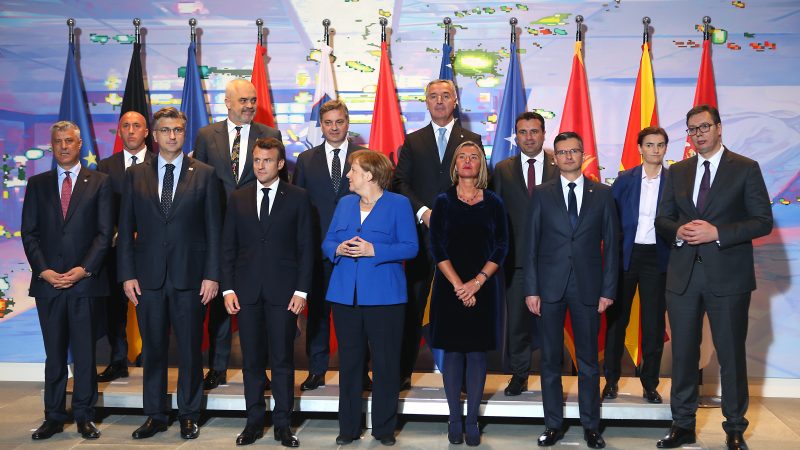 LEGACY OF "KRISENMANAGERIN": MERKEL AND THE BALKANS
LEGACY OF "KRISENMANAGERIN": MERKEL AND THE BALKANS
Teoman Ertuğrul TULUN 11.10.2021 -
 GERMANY’S FAR-RIGHT TERRORISM AND THE TIMID NSU CASE VERDICT
GERMANY’S FAR-RIGHT TERRORISM AND THE TIMID NSU CASE VERDICT
Teoman Ertuğrul TULUN 25.09.2020 -
 TURKISH MIGRANTS AND THEIR CONTRIBUTION TO TECHNOLOGICAL DEVELOPMENT
TURKISH MIGRANTS AND THEIR CONTRIBUTION TO TECHNOLOGICAL DEVELOPMENT
Teoman Ertuğrul TULUN 24.03.2021 -
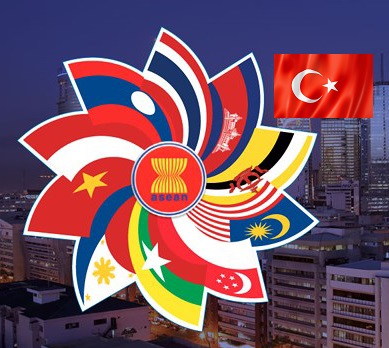 PROSPECTS FOR EXPANDING TURKEY-ASEAN RELATIONS
PROSPECTS FOR EXPANDING TURKEY-ASEAN RELATIONS
Teoman Ertuğrul TULUN 10.08.2018 -
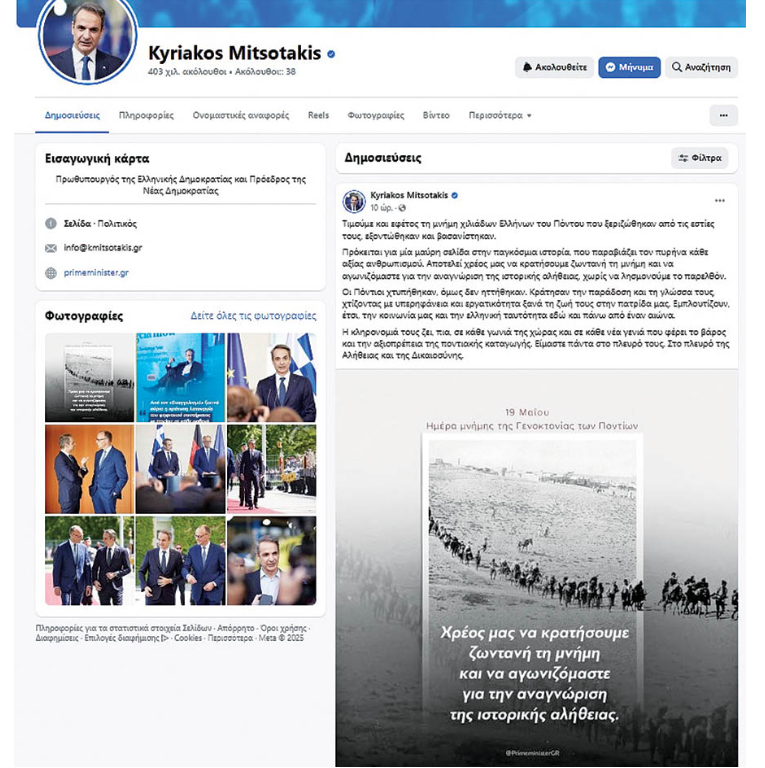 GREECE ATTEMPTS TO FORGE ANOTHER FRONT AGAINST TÜRKİYE WITH A PONTIC NARATIVE
GREECE ATTEMPTS TO FORGE ANOTHER FRONT AGAINST TÜRKİYE WITH A PONTIC NARATIVE
Teoman Ertuğrul TULUN 01.07.2025
-
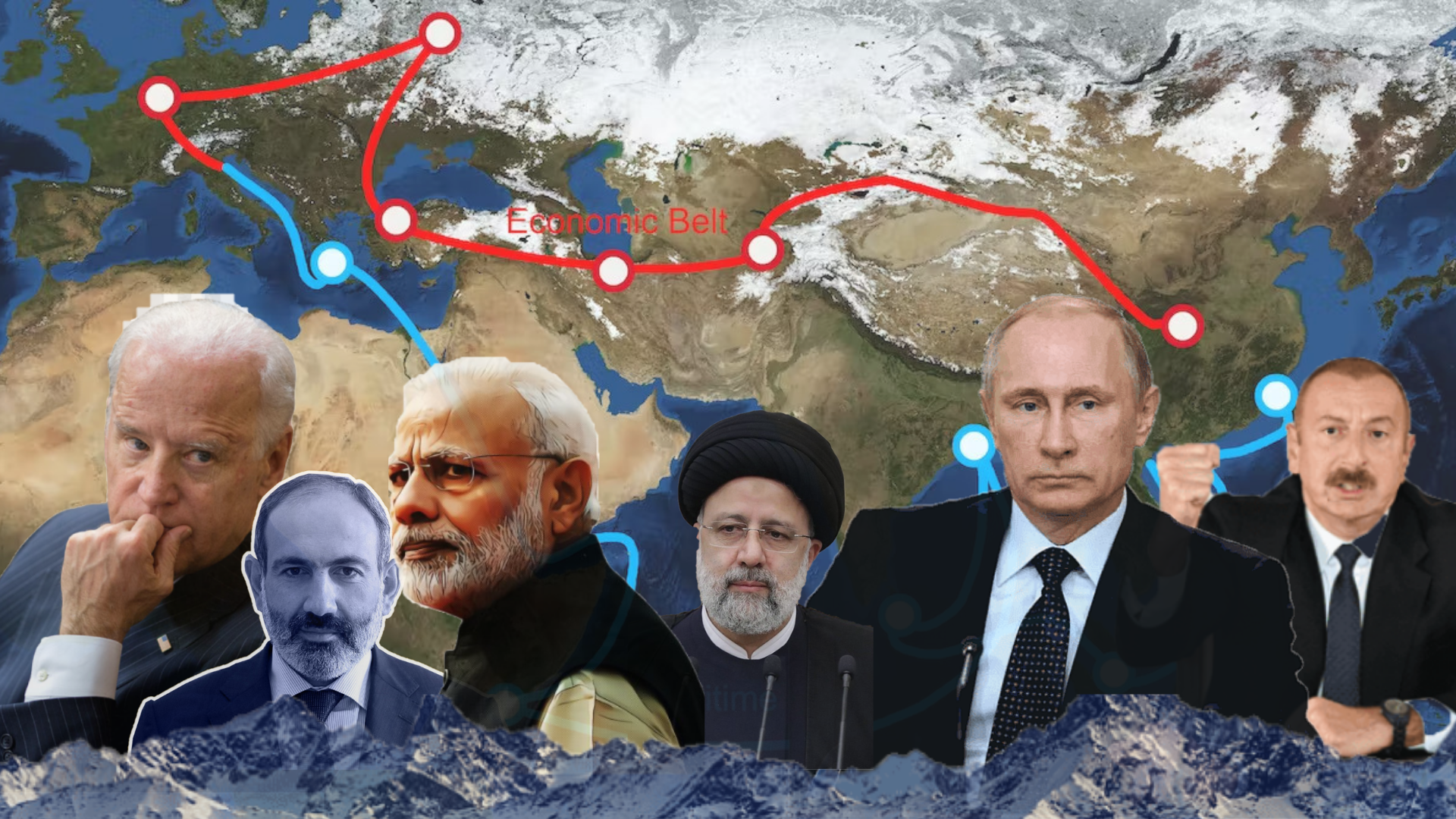 SECURITY BALANCE IN SOUTH CAUCASUS
SECURITY BALANCE IN SOUTH CAUCASUS
Tutku DİLAVER 19.01.2023 -
 THE MERKEL THAT TURKEY WILL REMEMBER WHEN AN ERA ENDS
THE MERKEL THAT TURKEY WILL REMEMBER WHEN AN ERA ENDS
Hazel ÇAĞAN ELBİR 20.09.2021 -
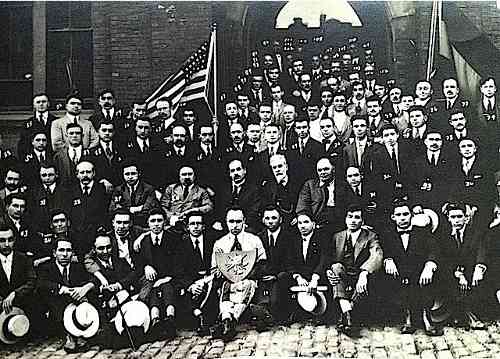 ARMENIAN JOURNEY FROM “OPERATION NEMESIS”, ASALA MURDERS AND KHOJALY MASSACRE TO PRESENT DAY “ARMENOPHOBIA” FABRICATION
ARMENIAN JOURNEY FROM “OPERATION NEMESIS”, ASALA MURDERS AND KHOJALY MASSACRE TO PRESENT DAY “ARMENOPHOBIA” FABRICATION
AVİM 06.03.2019 -
 TURKISH-AMERICAN RELATIONS LOST A HISTORICAL OPPORTUNITY
TURKISH-AMERICAN RELATIONS LOST A HISTORICAL OPPORTUNITY
Hazel ÇAĞAN ELBİR 17.11.2022 -
IGNORED DANGER: MEDZAMOR NUCLEAR POWER PLANT
Tutku DİLAVER 19.12.2018
-
25.01.2016
THE ARMENIAN QUESTION - BASIC KNOWLEDGE AND DOCUMENTATION -
12.06.2024
THE TRUTH WILL OUT -
27.03.2023
RADİKAL ERMENİ UNSURLARCA GERÇEKLEŞTİRİLEN MEZALİMLER VE VANDALİZM -
17.03.2023
PATRIOTISM PERVERTED -
23.02.2023
MEN ARE LIKE THAT -
03.02.2023
BAKÜ-TİFLİS-CEYHAN BORU HATTININ YAŞANAN TARİHİ -
16.12.2022
INTERNATIONAL SCHOLARS ON THE EVENTS OF 1915 -
07.12.2022
FAKE PHOTOS AND THE ARMENIAN PROPAGANDA -
07.12.2022
ERMENİ PROPAGANDASI VE SAHTE RESİMLER -
01.01.2022
A Letter From Japan - Strategically Mum: The Silence of the Armenians -
01.01.2022
Japonya'dan Bir Mektup - Stratejik Suskunluk: Ermenilerin Sessizliği -
03.06.2020
Anastas Mikoyan: Confessions of an Armenian Bolshevik -
08.04.2020
Sovyet Sonrası Ukrayna’da Devlet, Toplum ve Siyaset - Değişen Dinamikler, Dönüşen Kimlikler -
12.06.2018
Ermeni Sorunuyla İlgili İngiliz Belgeleri (1912-1923) - British Documents on Armenian Question (1912-1923) -
02.12.2016
Turkish-Russian Academics: A Historical Study on the Caucasus -
01.07.2016
Gürcistan'daki Müslüman Topluluklar: Azınlık Hakları, Kimlik, Siyaset -
10.03.2016
Armenian Diaspora: Diaspora, State and the Imagination of the Republic of Armenia -
24.01.2016
ERMENİ SORUNU - TEMEL BİLGİ VE BELGELER (2. BASKI)
-
AVİM Conference Hall 24.01.2023
CONFERENCE TITLED “HUNGARY’S PERSPECTIVES ON THE TURKIC WORLD"









